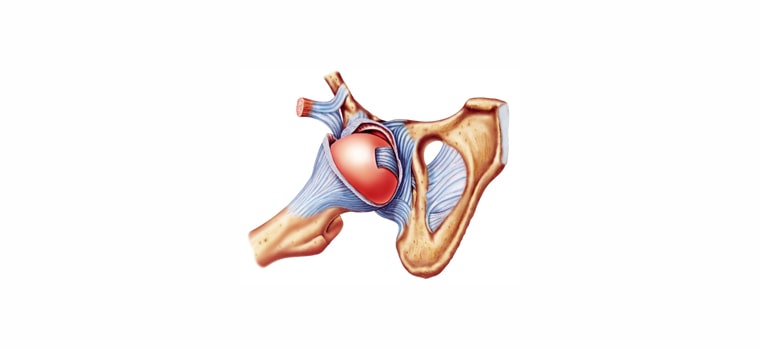
Hip Replacement
2min ReadDuring hip joint replacement surgery, the hip joint surface is replaced by an implant. Hip replacement can have several benefits, including pain relief, improved joint function, and easier walking. If the patient is going to perform this surgery, it is necessary to talk with the doctor about the type of implant used before proceeding with this process. Thigh implants have progressed greatly in recent years, and it’s best to use the most modern implant models.
Duration of treatment
After performing this surgery, the patient will not be able to walk without a crutch for up to 6 weeks, but after that time he will be able to walk without a crutch.
Related paraclinics
Before doing this, it is necessary for the patient to perform various tests including blood tests and X-ray imaging.
Preoperative care, operation process, and postoperative care
Preoperative care:
The patient may be required to take certain antibiotics before performing this operation. It is also necessary that the patient avoids cigarette smoking and drugs such as aspirin well before the time of surgery.
Operation process:
During the procedure, the damaged part of the thigh bone will be replaced by a metal limb. This metal limb can be attached to the desired location or fixed in another way. Then a ball-like piece is attached to this limb and replaces the upper part of the bone; the ball can be made of ceramic, metal or plastic. The cartilaginous part of acetabulum is replaced by an artificial limb. It can also be made of metal, ceramic or plastic. In the end, a piece is inserted between the ball-like limb and hip joint so that the joint can move easily.
This surgery is done under general anesthesia and lasts 1 to 3 hours.
Postoperative care:
The patient should take physiotherapy seriously and perform the prescribed physical activity to prevent the formation of blood clots. It is also suggested that changes be made to the home space to accommodate this new situation for the patient. One of these changes is the placement of objects at the desired height (up to the waist); in this way, the patient does not need to bend in order to lift the objects.
Surgical Tips:
This surgery is not recommended for people with acute obesity.
Possible risks include:
- Sprain
- Loosening
- Infection
- Sensitivity to metal
- Chronic pain
Prescribed for
- Damage to the joint due to joint or bone swelling
- Joint rheumatism
- Avascular necrosis
- Arthritis
- Joint fracture
- Bone tumors
Length of hospitalization
The patient will be hospitalized for 3 to 5 days.




Reviews
Number of pending reviews175